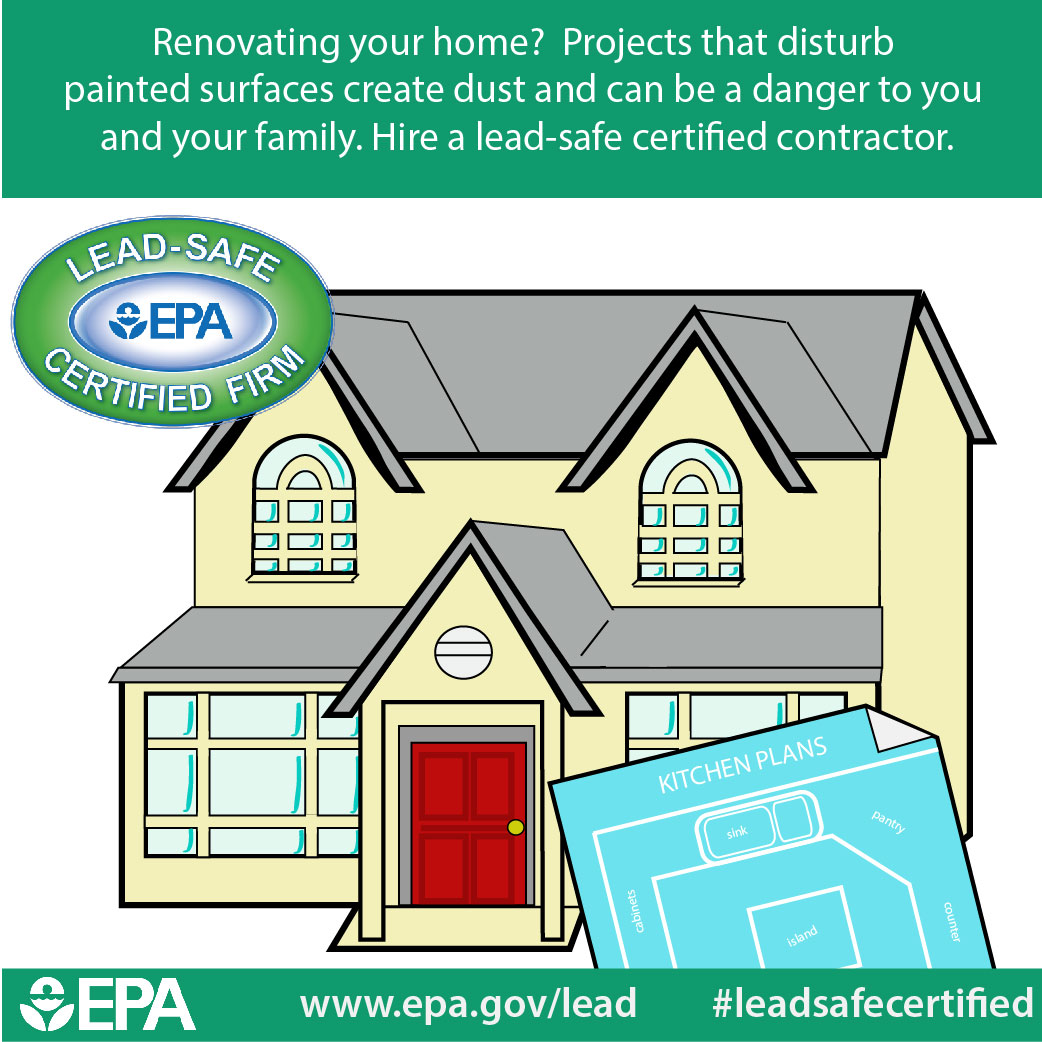Comprehensive Process For Getting Your Walls Ready For A Fresh Layer Of Paint
Comprehensive Process For Getting Your Walls Ready For A Fresh Layer Of Paint
Blog Article
Personnel Writer-Soelberg Lemming
When you're prepping your wall surfaces for paint, it's essential to adhere to a methodical procedure to make sure a remarkable finish. Start by analyzing the wall for any kind of damages; this action can make or damage your project. As soon as villa painting service have actually identified any kind of issues, cleaning the surface appropriately is necessary, as an unclean wall surface can affect paint attachment. After that, you'll need to spot any imperfections and use a guide. Yet there are specific methods and tips that can raise your prep work game-- let's explore those additional to accomplish the very best results.
Assessing Wall Surface Condition
Before you get your paintbrush, take a minute to assess your walls' problem. Look for any kind of visible damages like fractures, holes, or peeling paint. These imperfections can impact just how the paint sticks and looks once it's completely dry. If you discover any significant damage, you'll require to focus on repair work before diving into painting.
Look carefully at the structure of your walls. Is the surface area smooth, or is there appearance that might need special consideration? Smooth wall surfaces usually require less prep, while distinctive surfaces might require even more time to repaint evenly.
Likewise, take into consideration the previous paint task. If the old paint is glossy, it mightn't permit new paint to stick correctly. You'll would like to know if your walls have been repainted with oil-based or water-based paint, as this can influence your option of primer or paint.
Finally, keep in mind of any kind of dampness concerns. If you see signs of water damage or mold and mildew, address these issues promptly to stop more difficulties.
Cleaning up the Surface area
When you've examined the problem of your walls, the following action is cleaning the surface area. Start by gathering your products: a container, warm water, a mild cleaning agent, a sponge or fabric, and a scrub brush for harder spots.
Begin on top edge of the wall and work your method down. Mix the detergent with cozy water in your bucket, after that dip the sponge or fabric right into the remedy. Wring it out to stay clear of too much dampness on the walls.
As you clean up, pay close attention to areas that may've gathered dirt, oil, or fingerprints. For persistent stains, use the scrub brush delicately to stay clear of harming the paint below. Wash your sponge or fabric often in tidy water to prevent spreading dust around.
After cleaning, it's essential to clean the wall surfaces with a wet towel to remove any kind of soap residue. This action guarantees a smooth surface for the new paint to comply with.
Allow the wall surfaces to dry completely prior to proceeding to the next preparation actions. This detailed cleaning procedure will certainly assist develop a fresh canvas for your paint job, making certain the very best outcomes.
Patching and Priming
Patching and priming are essential steps in preparing your wall surfaces for a fresh layer of paint. First, examine your wall surfaces for any kind of holes, splits, or flaws. Use a top notch spackling compound or patching paste to fill up these areas.
Apply the substance with a putty knife, smoothing it out so it's flush with the surrounding surface area. Allow it to dry completely, and then sand it lightly until it's smooth and even.
When you've covered every little thing, it's time to prime. Guide assists secure the covered areas, guaranteeing the paint sticks properly and provides an uniform finish. Choose a guide ideal for your wall surface type and the paint you'll be utilizing.
Apply the guide making use of a roller for larger areas and a brush for edges and sides. If read more covered areas are substantially big or permeable, you could intend to apply a 2nd coat of guide after the very first one dries out.
After priming, let whatever completely dry extensively before going on to painting. This preparation will not just improve the look of your walls yet also lengthen the life of your paint task.
Take your time, and you'll be pleased with the results.
Verdict
By following these simple steps, you can achieve a smooth and expert finish on your walls. Beginning by analyzing their problem, after that tidy and spot any type of imperfections before using primer. Remember to allow sufficient drying out time and ensure whatever is smooth before you dive into painting. With the right preparation, you'll set the stage for a gorgeous makeover in your room. Currently, collect your supplies, take in the fresh air, and prepare yourself to paint!
